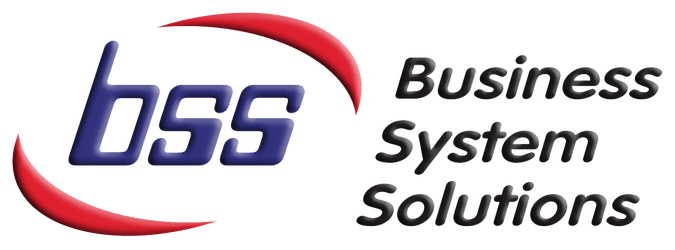 The latest cellular technology that mobile phone companies are touting is 5G, due for release in the next year or two. If you're wondering what that means and why it's going to be better that whatever you have now, read on.
The latest cellular technology that mobile phone companies are touting is 5G, due for release in the next year or two. If you're wondering what that means and why it's going to be better that whatever you have now, read on.
0G: Precellular systems. Also known as the mobile radio telephone systems.
1G: Retroactively labeled, 1G is the first cellular signal system, primarily used in the 1980s. Its networks used analog radio waves and could only handle voice calls.
2G: In contrast to 1G’s analog signals, 2G networks used digital signals. Introduced in the early 1990s, 2G networks allowed people to send and receive text messages (including images) in addition to voice calls, but there were few other functions. Before the advent of 3G, 2G speeds spiked by moving to a more efficient packet switching domain. This was 2.5G. Another iteration of 2G was the 2.75G or EDGE version, which further improved data rates. The original iPhone used this system. Although providers stopped supporting it before this, 2G officially left cell towers at the end of 2016.
3G: 3G entered the picture in 1998 but most phones didn't use it until 2000. The costs increased significantly for users because 3G supported GPS, increased download speeds, internet browsing, and other smartphone capabilities. While 2.75G worked some smartphone functions, 3G worked far better. 3G also improved security. Eventually, providers began shifting to 3.5G, which increased data speeds. Speeds further increased with 3.75G.
4G: Also referred to as LTE or WiMax, 4G is the current generation of cellular technology, beginning around 2009. Its data speeds are significantly better than 3G, and 4G is far better for use as a mobile hotspot. Internet connectivity is similar to what you’d get on a computer with a broadband connection. Although 3G is still more common in rural or undeveloped areas, most providers have extensive 4G coverage.
5G: Expected by 2020, 5G should be faster than 4G, but exact specifications are unknown. Some reports suggest speeds could be up to 100 times faster, which would be better than fiber optic cable speeds.




